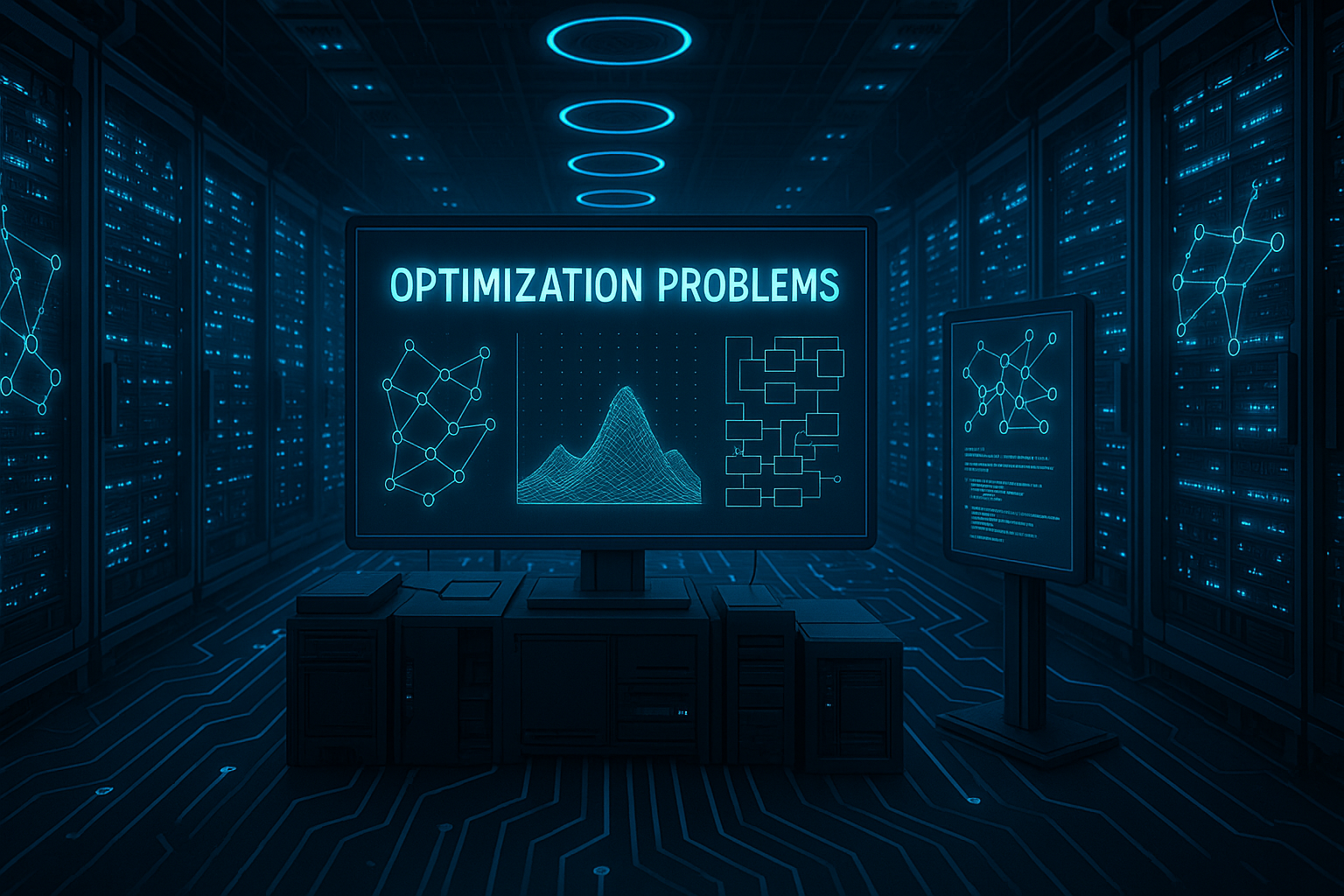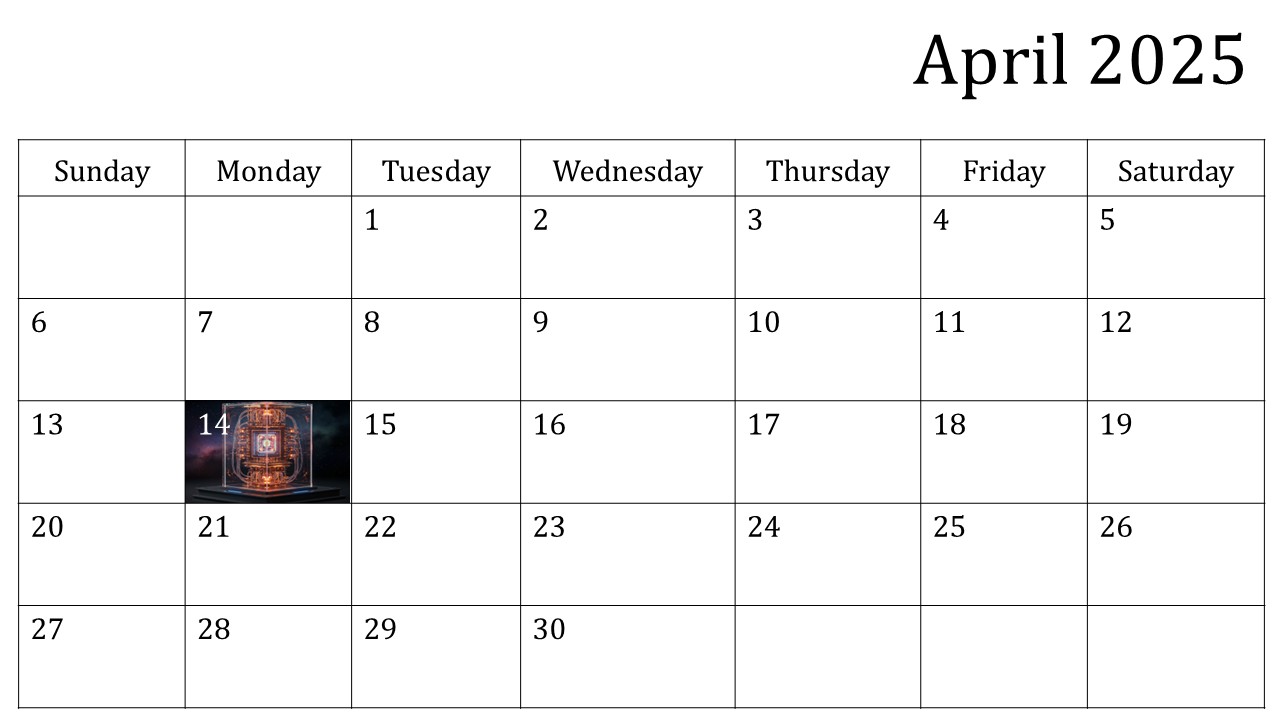A selection of the most important recent news, articles, and papers about Quantum.
News, Articles, and Analyses
IonQ – IonQ Delivers First Overseas Ion Trap to Switzerland, Progressing Development of Quantum Innovation Hub for EMEA
(Tuesday, August 13, 2024) “IonQ (NYSE: IONQ), a leader in the quantum computing industry, today announced the delivery of its innovative ion trap to its European quantum data center in QuantumBasel. The delivery marks an important milestone in the manufacturing of the company’s most powerful and scalable system – IonQ Forte Enterprise – which will scale to 35 algorithmic qubits (#AQ) and be capable of considering more than 34 billion different possibilities simultaneously. Photo of ion trap (Image courtesy of IonQ) European businesses, government agencies, and research institutes will benefit from enterprise-grade direct access to IonQ’s systems when developing novel applications for highly complex problems in fields like AI, finance, and chemistry. IonQ specialists working out of the company’s Basel, Switzerland headquarters will be onsite to receive the trap and continue the build and commissioning of the system.”
Quantum Sensing Company Wins Space Agency Contracts
https://www.iotworldtoday.com/quantum/quantum-sensing-company-wins-space-agency-contracts
Author: Berenice Baker
(Wednesday, August 21, 2024) “A company that develops quantum diamond magnetometers that provide accurate readings from space has won contracts with two government space exploration agencies.”
Release news: Qiskit SDK v1.2 is here!
https://www.ibm.com/quantum/blog/qiskit-1-2-release-summary
(Wednesday, August 21, 2024) “Technical release summary for Qiskit SDK v1.2, including updates on top new features, deprecations, and our ongoing efforts to make Qiskit the world’s most performant quantum SDK.”
Technical Papers, Articles, and Preprints
Quantum communication with itinerant surface acoustic wave phonons | npj Quantum Information
https://www.nature.com/articles/s41534-021-00511-1
Authors: Dumur, É.; Satzinger, K. J.; Peairs, G. A.; Chou, M.-H.; Bienfait, A.; Chang, H.-S.; Conner, C. R.; Grebel, J.; Povey, R. G.; Zhong, Y. P.; and Cleland, A. N.
(Tuesday, December 21, 2021) “Surface acoustic waves are commonly used in classical electronics applications, and their use in quantum systems is beginning to be explored, as evidenced by recent experiments using acoustic Fabry–Pérot resonators. Here we explore their use for quantum communication, where we demonstrate a single-phonon surface acoustic wave transmission line, which links two physically separated qubit nodes. Each node comprises a microwave phonon transducer, an externally controlled superconducting variable coupler, and a superconducting qubit. Using this system, precisely shaped individual itinerant phonons are used to coherently transfer quantum information between the two physically distinct quantum nodes, enabling the high-fidelity node-to-node transfer of quantum states as well as the generation of a two-node Bell state. We further explore the dispersive interactions between an itinerant phonon emitted from one node and interacting with the superconducting qubit in the remote node. The observed interactions between the phonon and the remote qubit promise future quantum-optics-style experiments with itinerant phonons.”
[2408.08865] Experiments with the 4D Surface Code on a QCCD Quantum Computer
https://arxiv.org/abs/2408.08865
Authors: Berthusen, Noah; Dreiling, Joan; Foltz, Cameron; Gaebler, John P.; Gatterman, Thomas M.; Gresh, Dan; Hewitt, Nathan; Mills, Michael; Moses, Steven A.; Neyenhuis, Brian; Siegfried, Peter; and Hayes, David
(Friday, August 16, 2024) “Single-shot quantum error correction has the potential to speed up quantum computations by removing the need for multiple rounds of syndrome extraction in order to be fault-tolerant. Using Quantinuum’s H2 trapped-ion quantum computer, we implement the [[33,1,4]] 4D surface code and perform the first experimental demonstration of single-shot quantum error correction with bare ancilla qubits. We conduct memory experiments comparing the 2D and 4D surface codes and find that despite differences in qubit use and syndrome extraction circuit depth, the 4D surface code matches or outperforms the 2D surface code in both the fault-tolerant and single-shot regimes.”
Assessment of the errors of high-fidelity two-qubit gates in silicon quantum dots | Nature Physics
https://www.nature.com/articles/s41567-024-02614-w
Authors: Tanttu, Tuomo; Lim, Wee Han; Huang, Jonathan Y.; Dumoulin Stuyck, Nard; Gilbert, Will; Su, Rocky Y.; Feng, MengKe; Cifuentes, Jesus D.; Seedhouse, Amanda E.; Seritan, Stefan K.; Ostrove, Corey I.; Rudinger, Kenneth M.; Leon, Ross C. C.; Huang, Wister; Escott, Christopher C.; Itoh, Kohei M.; Abrosimov, Nikolay V.; Pohl, Hans-Joachim; Thewalt, Michael L. W.; Hudson, Fay E.; Blume-Kohout, Robin; Bartlett, Stephen D.; Morello, Andrea; Laucht, Arne; Yang, Chih Hwan; Saraiva, Andre; and Dzurak, Andrew S.
(Tuesday, August 20, 2024) “For solid-state qubits, the material environment hosts sources of errors that vary in time and space. This systematic analysis of errors affecting high-fidelity two-qubit gates in silicon can inform the design of large-scale quantum computers.”
A Lie algebraic theory of barren plateaus for deep parameterized quantum circuits | Nature Communications
https://www.nature.com/articles/s41467-024-49909-3
Authors: Ragone, Michael; Bakalov, Bojko N.; Sauvage, Frédéric; Kemper, Alexander F.; Ortiz Marrero, Carlos; Larocca, Martín; and Cerezo, M.
(Thursday, August 22, 2024) “The barren plateau problem represents one of the major bottlenecks for parametrized quantum circuits algorithms. Here, the authors study the known sources of BP using the lens of Lie algebraic theory, finding an expression of the variance of the loss function depending on the dynamical Lie algebra of the circuit.”




